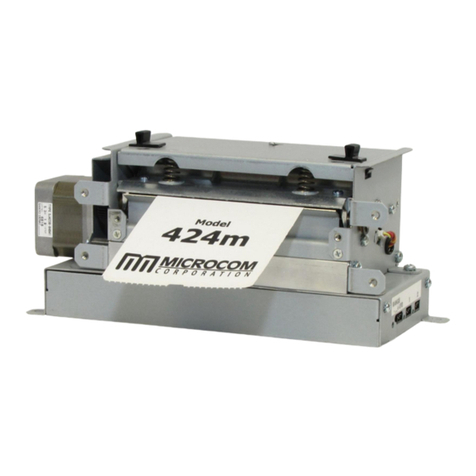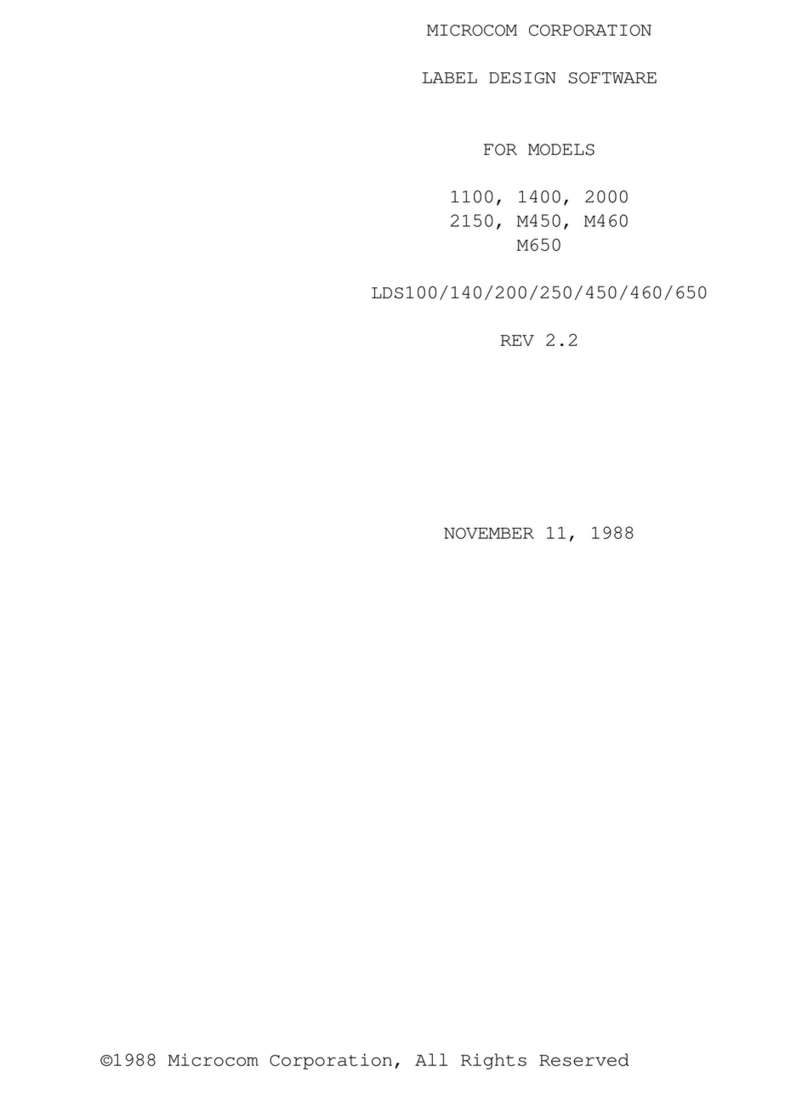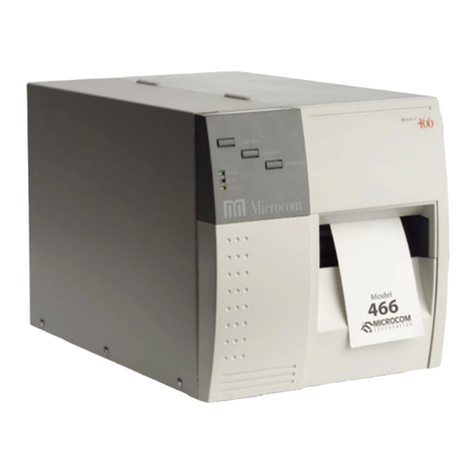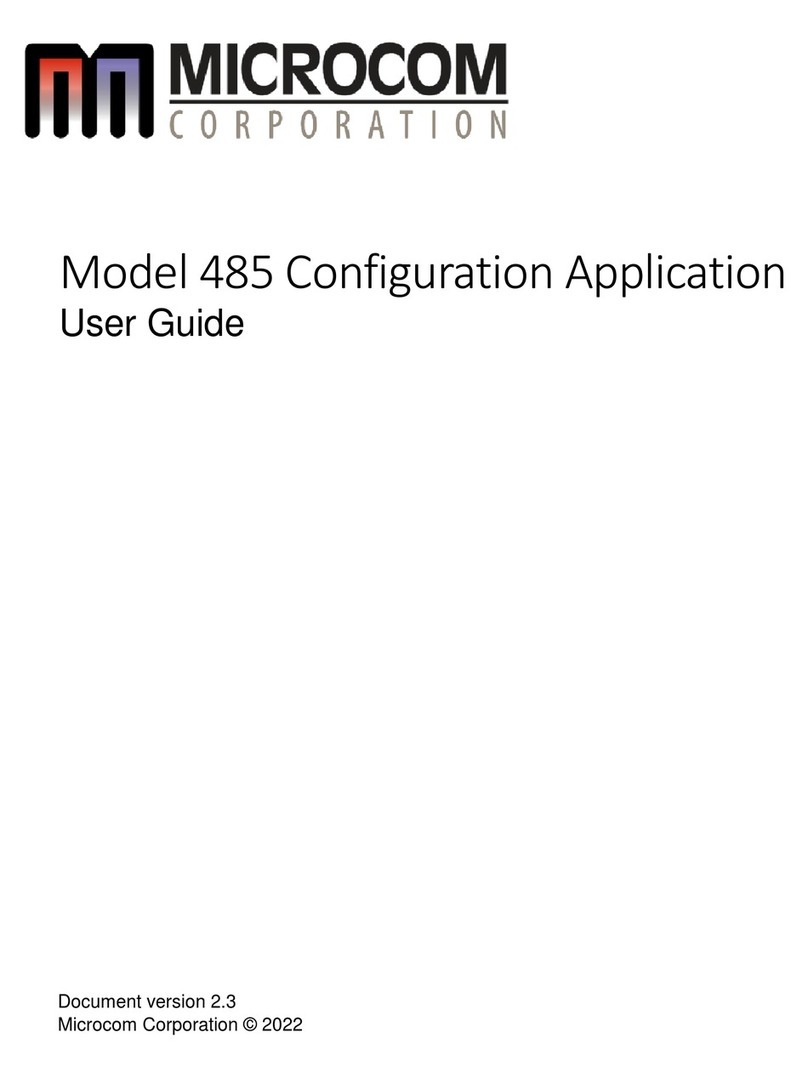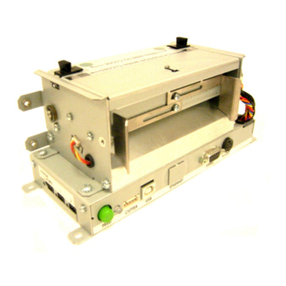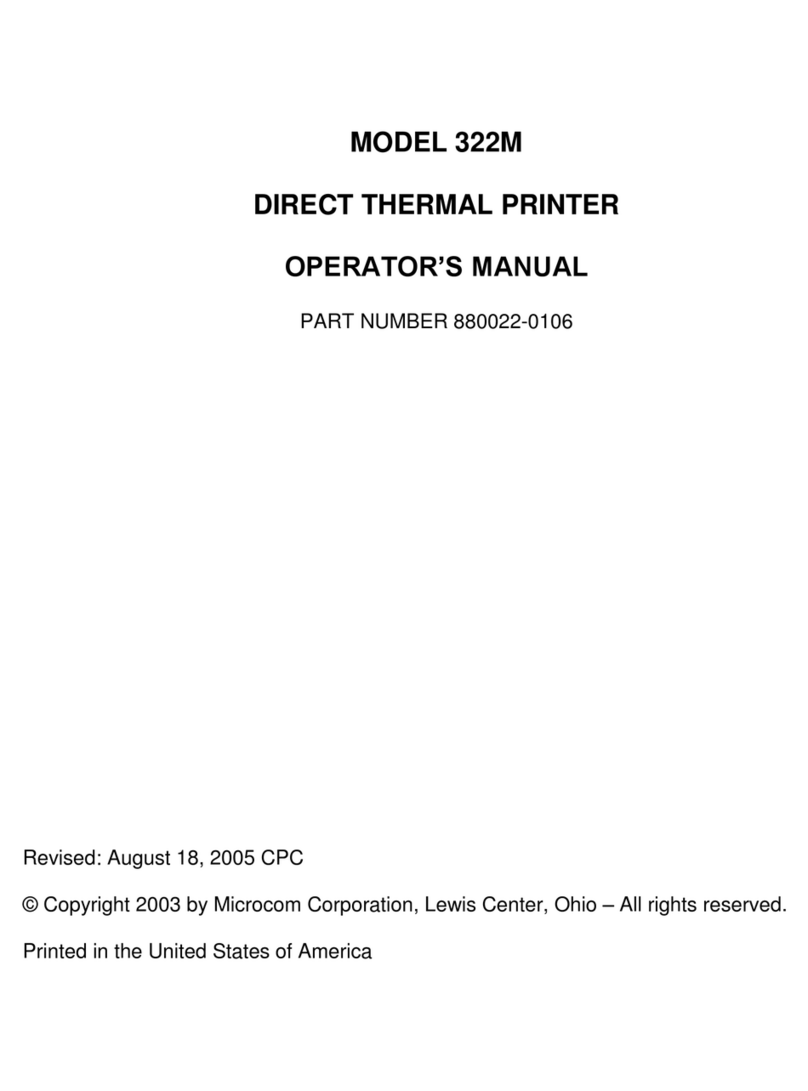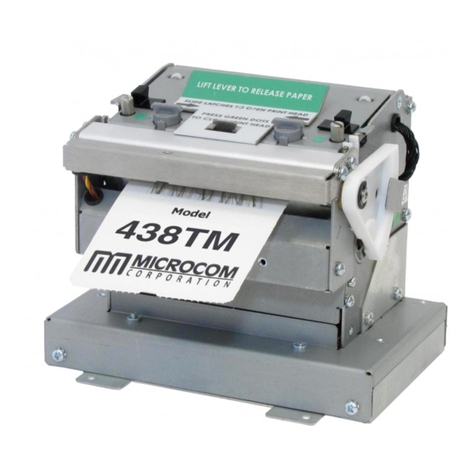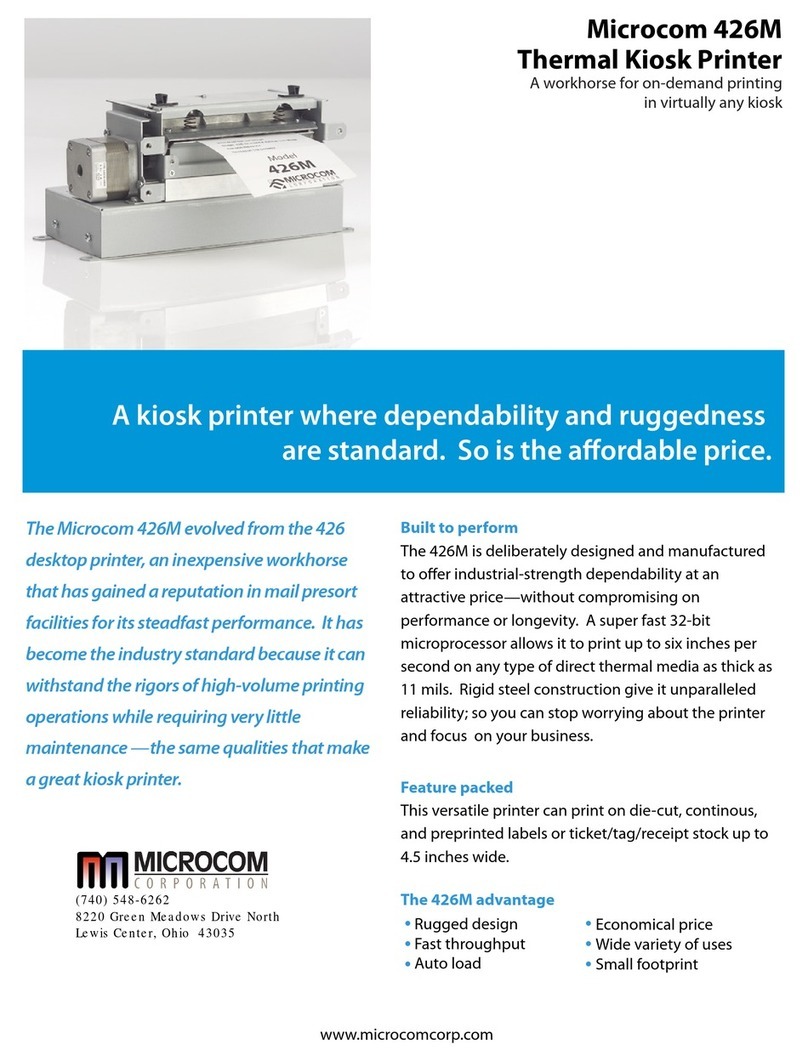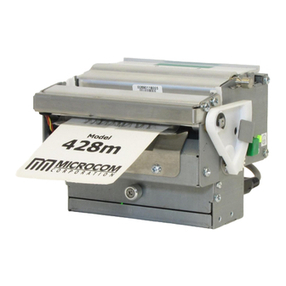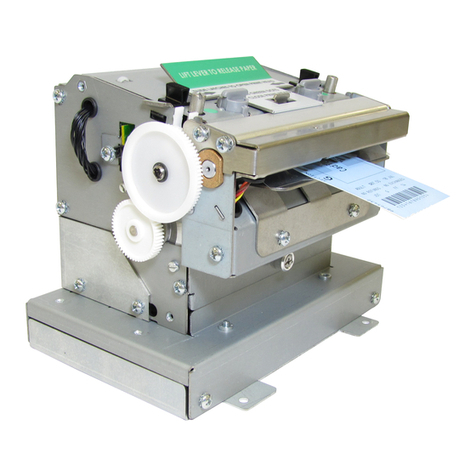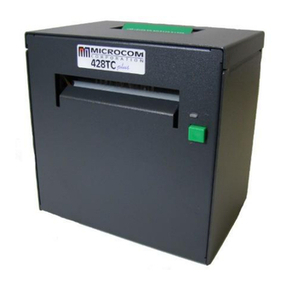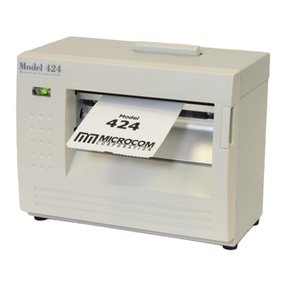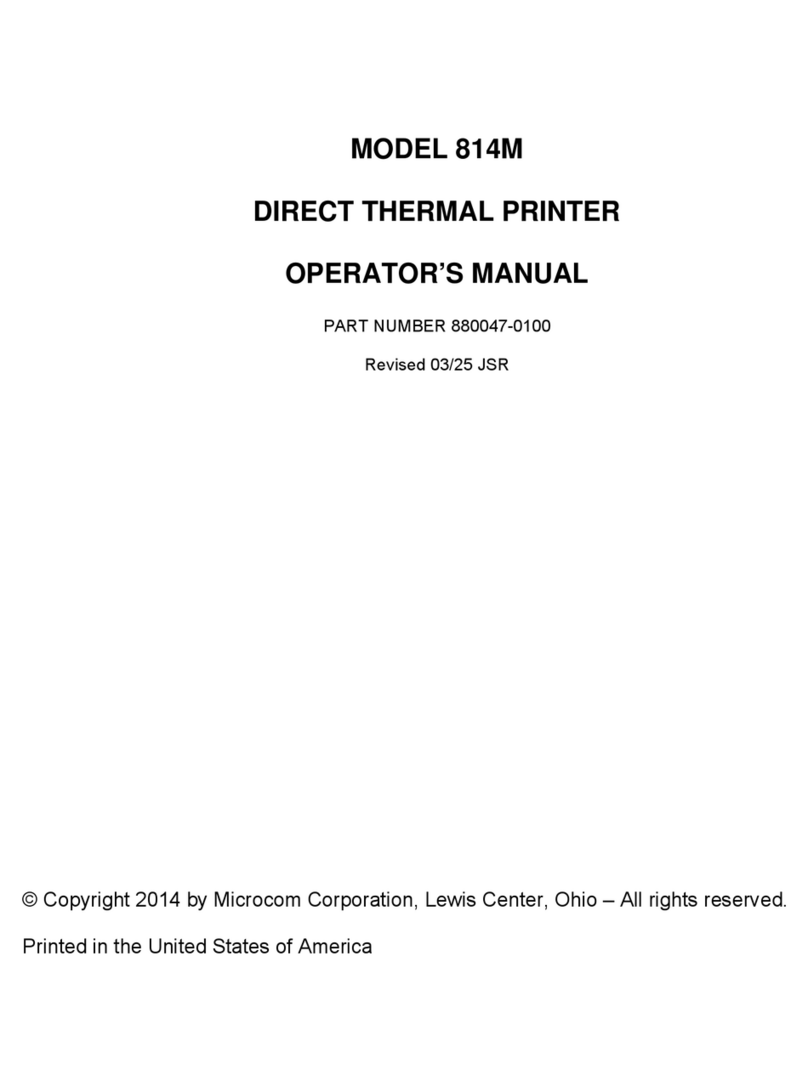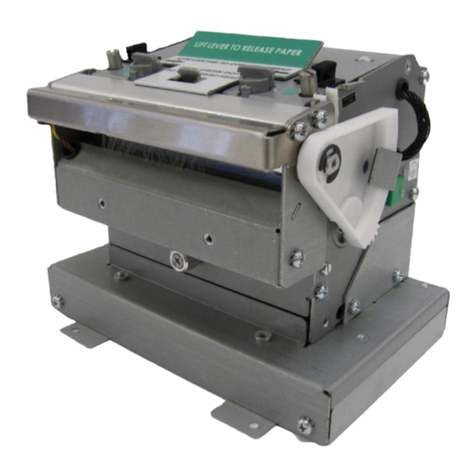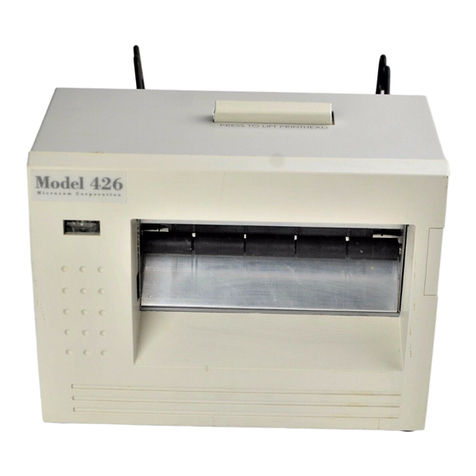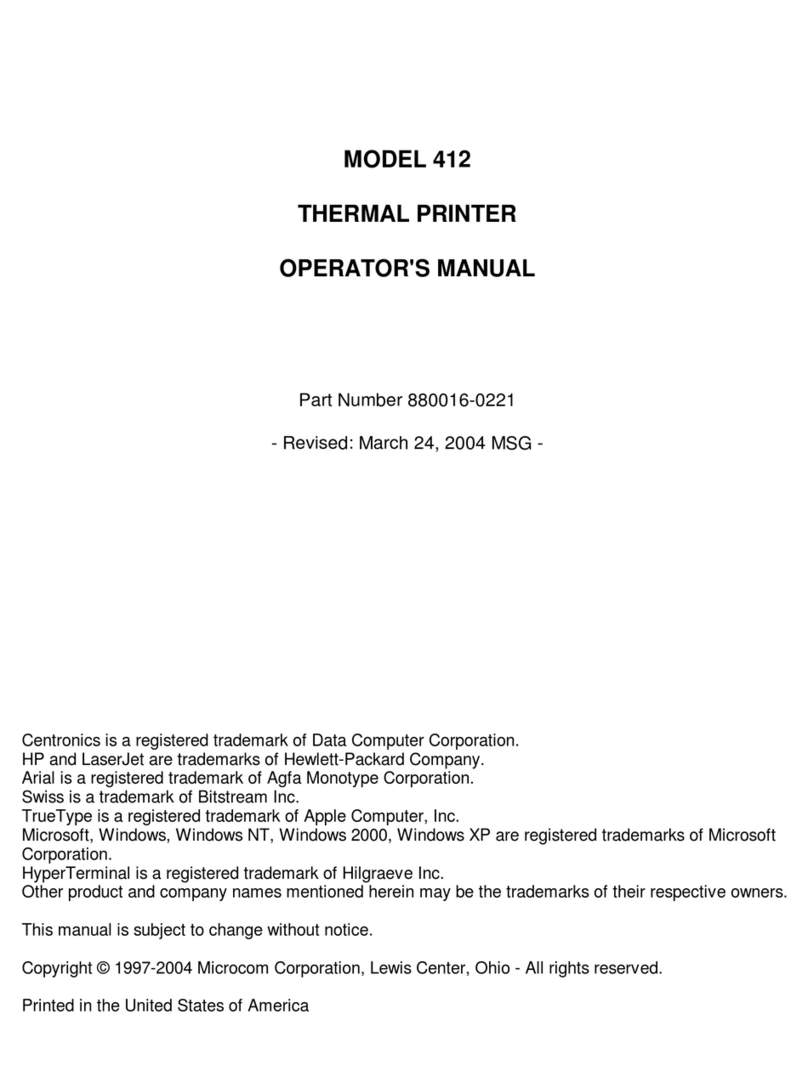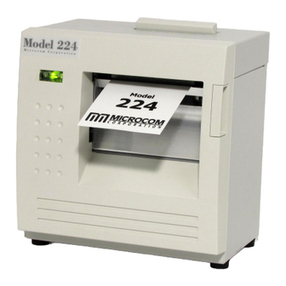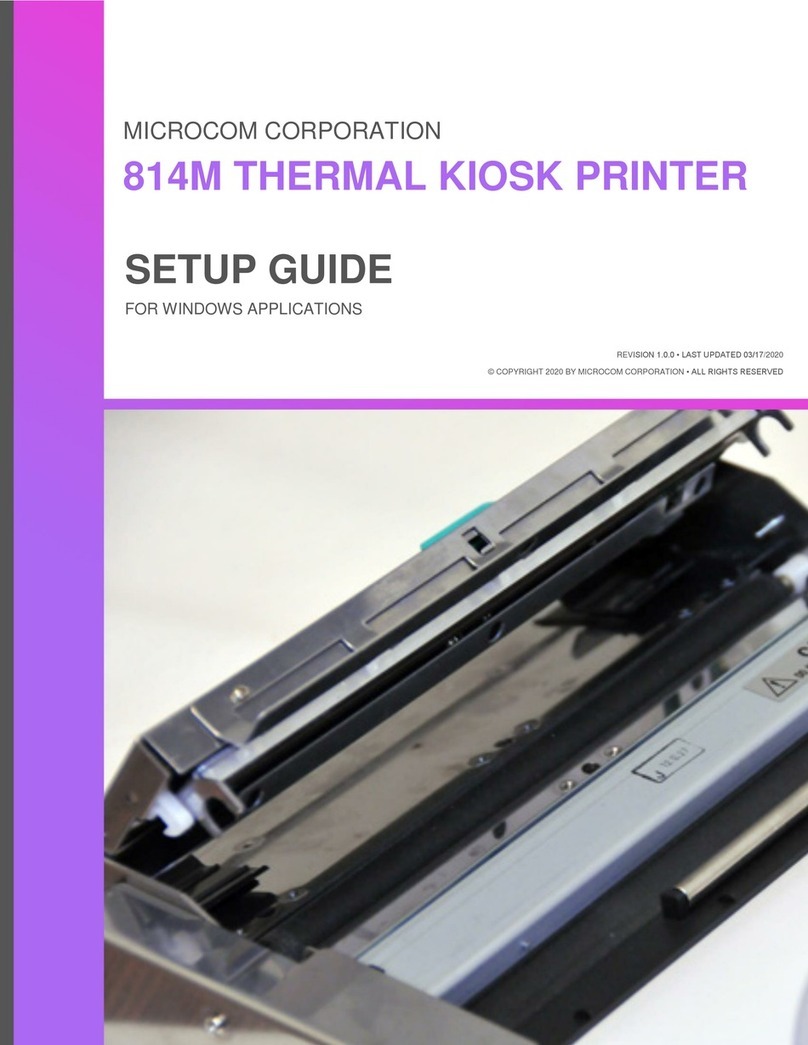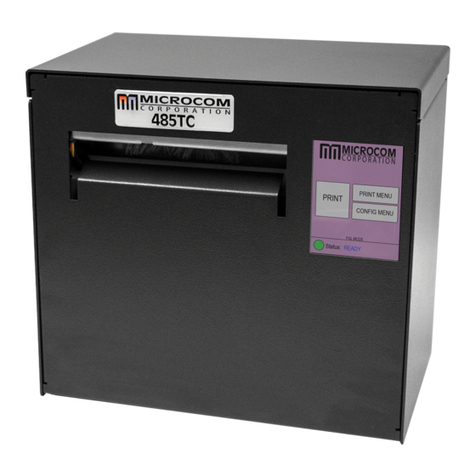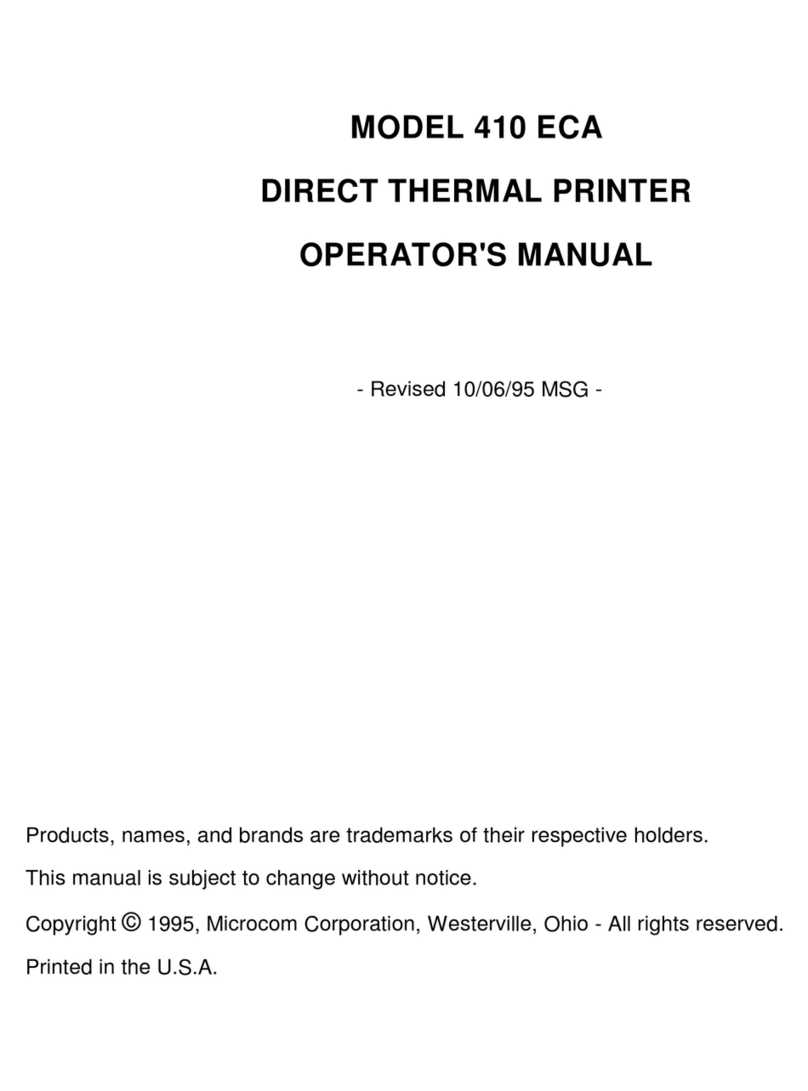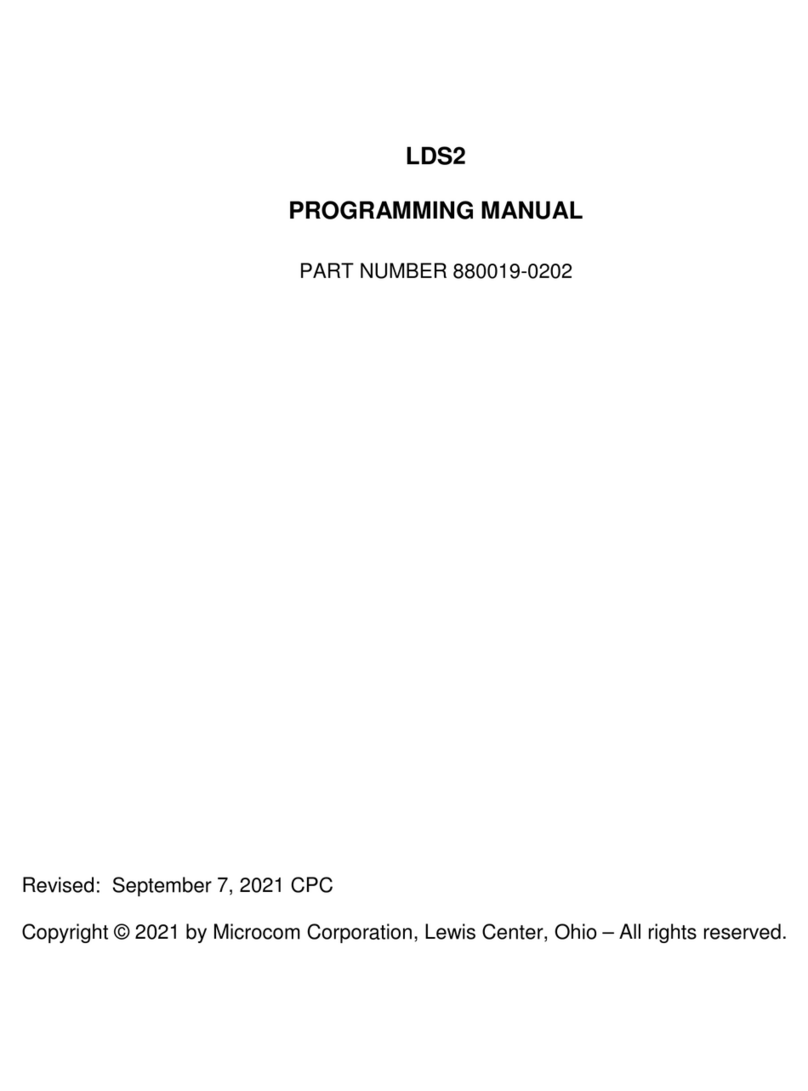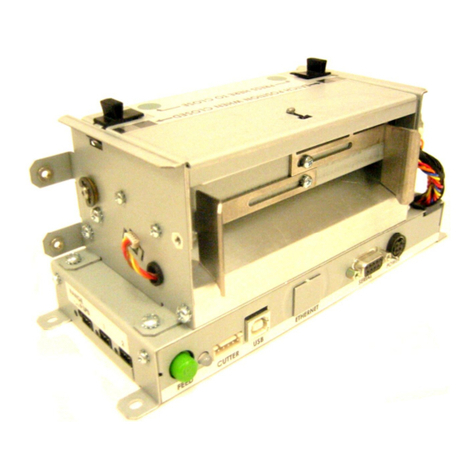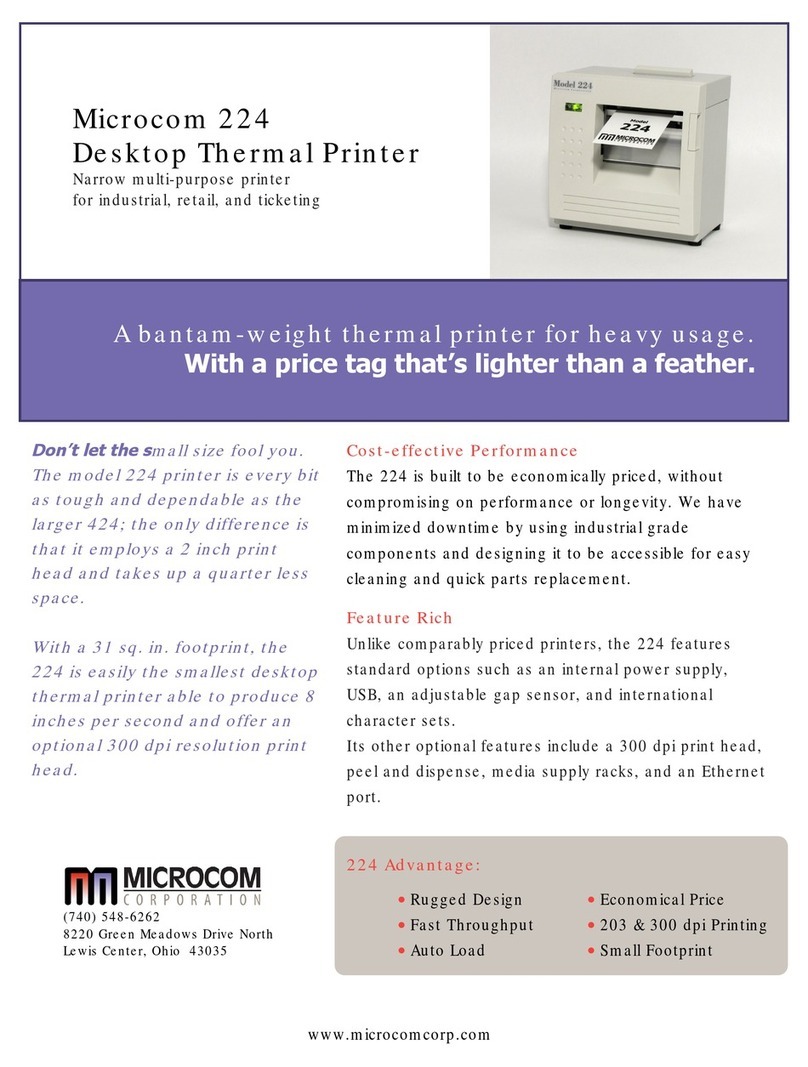
Table of Contents
List of Tables
.................................................................. vi
List of Figures ............................................................. vi
Introduction ................................................................1
CHAPTER 1: FEATURES AND SPECIFICATIONS .................................3
1.1 SPECIAL FEATURES ............................................3
1.2 BAR CODES ...................................................4
1.3 FONTS .......................................................4
1.4 PRINTING .....................................................4
1.5 INTERFACE COMMUNICATIONS ...................................4
1.6 PHYSICAL .....................................................5
1.7 ENVIRONMENT ................................................5
1.8 ELECTRICAL ...................................................5
1.9 OPTIONS .....................................................5
1.10 APPROVALS ...................................................5
CHAPTER 2: BASIC OPERATION ..............................................7
2.1 UNPACKING THE 465 PRINTER ...................................7
2.2 MOUNTING THE LABEL SUPPLY RACKS ............................7
2.3 INITIAL POWER UP .............................................7
2.4 FRONT PANEL KEYPAD AND STATUS DISPLAY ......................8
2.4.1 LABEL PRINT KEY ........................................8
2.4.2 LINE FEED KEY ..........................................8
2.4.3 ON/OFF LINE KEY ........................................9
2.5 THE STATUS LIGHTS/TONE ......................................9
2.6 LOADING PAPER ...............................................9
2.6.1 NORMAL AND TAG/TEAR MODES ..........................10
2.6.2 PEEL-AND-DISPENSE MODE ..............................10
2.7 CLEANING INSTRUCTIONS ......................................11
CHAPTER 3: COMMUNICATIONS .............................................13
3.1 CABLE PINOUT ................................................13
3.2 PRINTER CABLES .............................................14
CHAPTER 4: DESIGNING LABELS USING LDS ..................................15
4.1 CONTROL CHARACTERS .......................................15
4.2 GETTING STARTED ............................................15
4.2.1 PC CONNECTION (SERIAL) ................................15
4.2.2 PC CONNECTION (PARALLEL) .............................16
4.2.3 LEARNING LDS ..........................................17
4.3 FORMATTING LABELS: AN OVERVIEW............................17
4.4 LABEL HEADER ...............................................19
4.4.1 A SAMPLE SESSION (HEADER) ............................24
4.5 LABEL FIELDS ................................................25
4.5.1 BIT MAPPED TEXT AND BARCODE FIELDS ...................25
